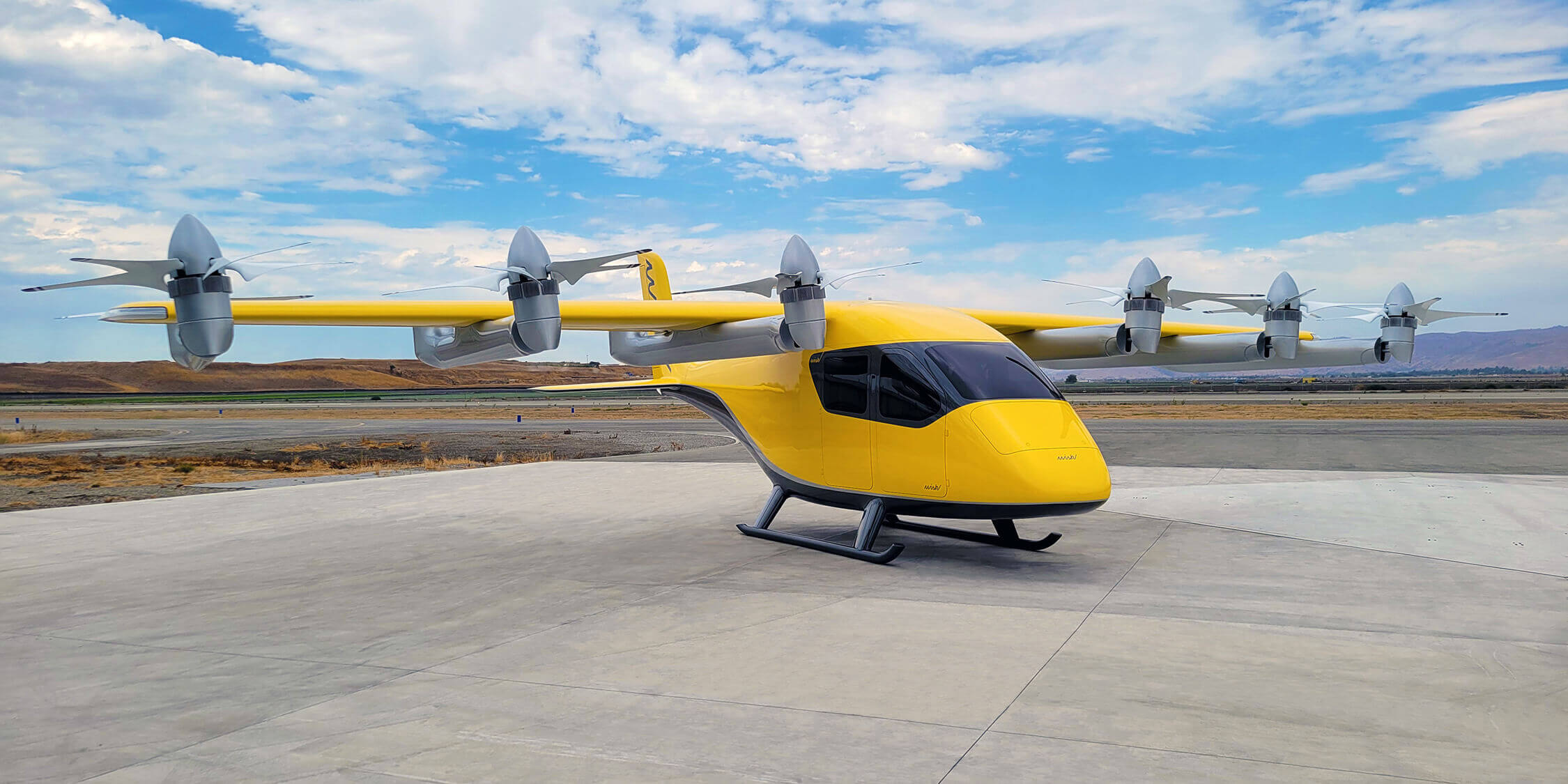The US FAA, other government organizations, and politicians may have dragged their feet on finalizing drone rules and standards, but make no mistake, drones are big business. This week, Oregon representative Earl Blumenauer introduced the Commercial UAS Modernization Act to create a framework to promote in the commercial drone industry. This doesn’t mean that governments and politicians won’t get it wrong; in fact, the drone industry’s success depends directly on federal and state collaboration to provide an environment in which the industry can prosper.
The following infographic shows today’s current aviation services in the regulated civil aviation market and the future of aviation services that includes exploration, inspection and delivery, precision farming, just-in-time delivery, traffic information collection, oil exploration and rigged delivery, cargo transport and last mile delivery, aerial inspection and energy exploration, and information related to remote areas, to name a few.
The following infographic “Drones for Good” provides the key facts and expectations of drones going forward to 2025:
- projected economic benefits
- 100,000 new jobs
- a growing industry with more than 200 manufacturers
- large and small drones from a couple pounds to more than three tons
The uses for drones will include:
- pollination
- personal security
- in-body medical applications as microscopic stealth drones (see video)
- asteroid prospecting
- planetary science
- action sports photography
The following video discusses the future of microscopic stealth drones for medical purposes.






